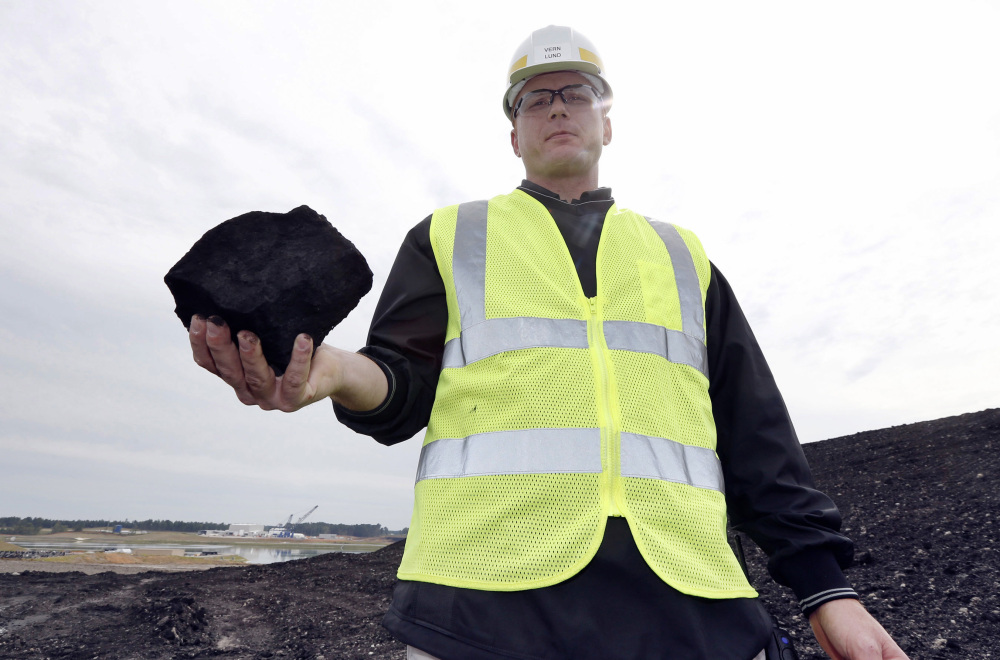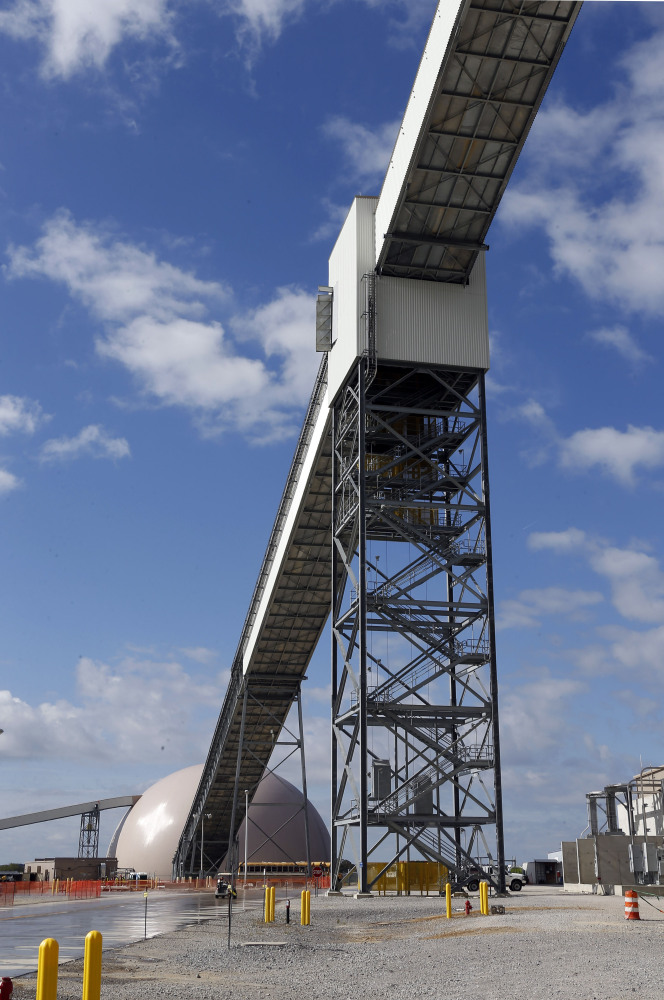DEKALB, Miss. — The Kemper County power plant was supposed to be up and running by now, showing the world how to burn coal without spewing climate-warming carbon pollution into the air.
Instead, the coal plant towering over pine trees and pastures in rural Mississippi is looking like another monument to the unfulfilled promise of carbon capture technology.
Construction costs have ballooned to $6.5 billion, at least three times the original estimate, making Kemper one of the most expensive power plants ever built and pushing up electric bills for Mississippi Power’s 186,000 customers. After repeated delays, the project now has a completion date of June 30, or two years behind schedule, and there are doubts even that deadline will be met.
Even some of those who supported the plant have turned against it, advising others to think long and hard before trying something similar.
“I can’t imagine that a regulator would approve this. I can’t imagine that a company would approve this,” said Cecil Brown, a Democrat recently elected to the Mississippi Public Service Commission. As a state legislator, he voted in ways that aided construction of the Kemper plant.
Carbon capture entails catching the carbon emissions from a power plant or cement or steel factory and injecting them underground for permanent storage. It’s a proven technology that would allow the world to keep burning coal, oil and gas for energy while releasing little of the heat-trapping gas that scientists say is the main cause of global warming.
Despite decades of research and pilot projects, however, carbon capture is still waiting for its breakthrough, illustrating how hard it is for the world to do something about global warming even when the tools are there.
In 2013, Norway pulled the plug on a major carbon capture project it had likened to the moon landing, citing spiraling costs. Another big setback came on Nov. 25, just days ahead of the U.N. climate talks in Paris, when Britain abruptly canceled $1.5 billion in funding for carbon capture technology, raising doubts about the fate of two projects competing for the money.
While high costs are the main problem, carbon capture also faces opposition from environmentalists. Groups like Greenpeace and WWF say climate action should be geared toward 100 percent renewable energy such as wind and solar power, not toward throwing a lifeline to fossil fuels.
But authoritative bodies like the International Energy Agency and the U.N. Intergovernmental Panel on Climate Change say that without deploying carbon capture technology on a large scale, the world may not be able to reach the U.N. goal of keeping man-made warming below 3.6 degrees Fahrenheit, which governments hope will stave off some of the worst floods, droughts and heat waves associated with rising temperatures.
Still, the costly technology is likely to get little attention in the Paris talks. Of the more than 170 countries that submitted action plans ahead of the conference, only eight explicitly mentioned carbon capture as a potential mitigation measure, according to an analysis by the Potsdam Institute for Climate Impact Research in Germany.
Bill Hare, who heads the Climate Analytics institute in Berlin, said carbon capture may have missed its moment when investments didn’t take off despite a lot of “hype” a decade ago. Now, he said, the falling costs of renewable energy mean carbon capture has a lot of catching up to do. “It’s probably harder to get this moving now than 10 years ago,” Hare said.
There are 13 large-scale carbon capture projects in the world, collecting 26 million tons of carbon dioxide a year, according to the International Energy Agency. But that’s less than one one-thousandth of the world’s carbon dioxide emissions.
“There’s activity out there, but it’s not what various organizations would have hoped for,” said Juho Lipponen, who heads the IEA’s carbon capture unit.
Like most carbon capture advocates, he called for stronger incentives, including a carbon price that makes it more expensive to release the pollutant into the atmosphere than to put it back in the ground.
The IEA says about $12 billion has been invested in large-scale carbon capture projects in the past 10 years.
Copy the Story LinkSend questions/comments to the editors.




Success. Please wait for the page to reload. If the page does not reload within 5 seconds, please refresh the page.
Enter your email and password to access comments.
Hi, to comment on stories you must . This profile is in addition to your subscription and website login.
Already have a commenting profile? .
Invalid username/password.
Please check your email to confirm and complete your registration.
Only subscribers are eligible to post comments. Please subscribe or login first for digital access. Here’s why.
Use the form below to reset your password. When you've submitted your account email, we will send an email with a reset code.